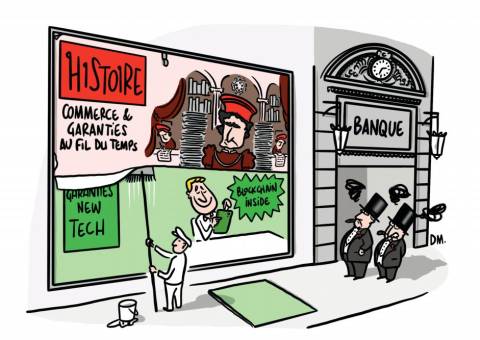
Capital Structure Determinants and Convergence
Créé le
03.03.2011-
Mis à jour le
28.09.2017This paper empirically examines the determinants and partial adjustment of capital structure of US and Japanese firms over the period from 1985 to 2009. Consistent with the literature, we firstly find that mostly used firm characteristics, such as earnings before interest, taxes, depreciation and amortization, market-to-book ratio, firm size, tangible assets, research and development expenses, credit ratings, and dividend yield, are the determinants of the US firms’ target capital structure. However, only two firm characteristics, namely earnings before interest, taxes, depreciation and amortization, and firm size are the two most significant determinants for Japanese firms’ target capital structure. Furthermore we find that a typical US firm would adjust towards the target capital structure within 5 years, while Japanese firms need around 6 years to converge to the target leverage ratio. We conjecture that the slower adjustment of Japanese firms might be explained by lower financing costs and greater capital availability as a result of a closer relationship with banks in keiretsu groups. In general, we find supporting evidence for the tradeoff theory but not for the pecking order hypothesis.


![[Web Only] Tarifs bancaires : les banques amortissent l’inflation [Web Only] Tarifs bancaires : les banques amortissent l’inflation](http://www.revue-banque.fr/binrepository/480x320/0c0/0d0/none/9739565/MEBW/gettyimages-968963256-frais-bancaires_221-3514277_20240417171729.jpg)




